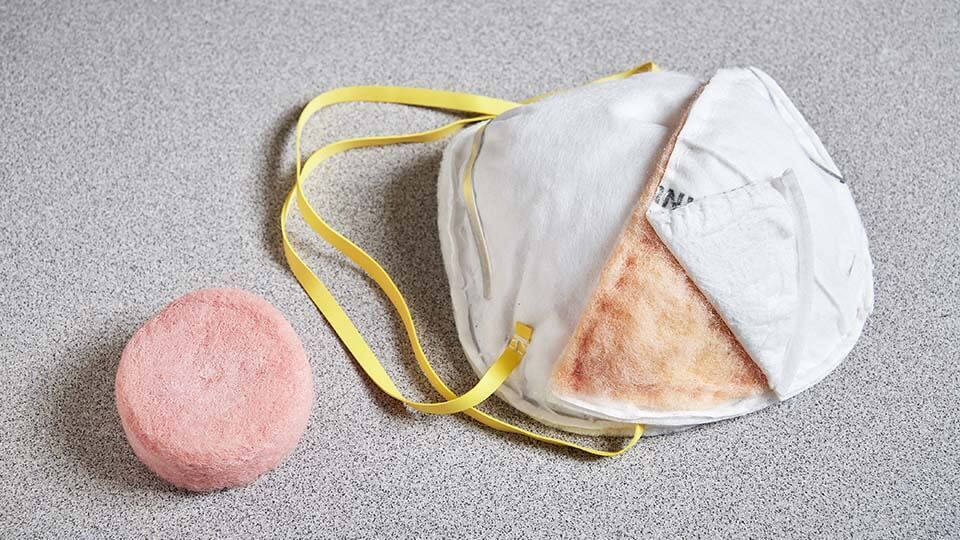Using a novel manufacturing method, scientists have discovered a way to turn plastic bottles into a useful new aerogel
National University of Singapore
1/3
Using a novel manufacturing method, scientists have discovered a way to turn plastic bottles into a useful new aerogel
National University of Singapore
2/3
From left: Research Engineer Mr. Duyen Khac Le; Final year NUS Mechanical Engineering student Ryan Leung; Prof. Nhan; Assoc. Prof. Duong; and Singapore Institute of Manufacturing Technology collaborator Dr. Wendy Zhang
National University of Singapore
3/3
An aerogel made from discarded plastic bottles could be used in face masks that filter out dust particles
National University of Singapore
Pop bottles are one of the most common types of plastic waste, so the more ways that we can find of recycling them, the better. With that in mind, researchers at the National University of Singapore (NUS) have developed an inexpensive method of converting such bottles into a very useful aerogel.
Led by Assoc. Prof. Hai Minh Duong and Prof. Nhan Phan-Thien, the NUS team started with bottles made from commonly-used polyethylene terephthalate (PET). The PET was rendered down into fibers, which were then coated with silica. From there, the production process got pretty complex, but it basically involved chemically-treating the fibers so that they swelled up, and then drying them out.
The resulting lightweight, porous, flexible and durable aerogel is the world's first such material to be made from PET, and it has many potential applications.
If coated with various methyl-group compounds, for instance, it can absorb spilled oil up to seven times more effectively than other commercially-available sorbent materials. It could also be used as thermal or acoustic insulation in buildings, or (when coated with an amine-group compound) as a filter that captures dust particles and carbon dioxide in reusable face masks. The researchers are additionally looking into surface modifications that would allow the material to trap toxic gases such as carbon monoxide.

National University of Singapore
Perhaps its best use, though, would be as protective insulation in firefighters' coats. When the material was coated with fire-retardant chemicals, it was able to withstand temperatures of up to 620 ºC (1,148 ºF). The aerogel weighs only about 10 percent as much as protective insulation currently used in such coats, though, plus it's softer and more flexible.
NUS has patented the technology, and is now looking for industrial partners to help commercialize it. A paper on the research was recently published in the journal Colloids and Surfaces A.
Source: National University of Singapore

